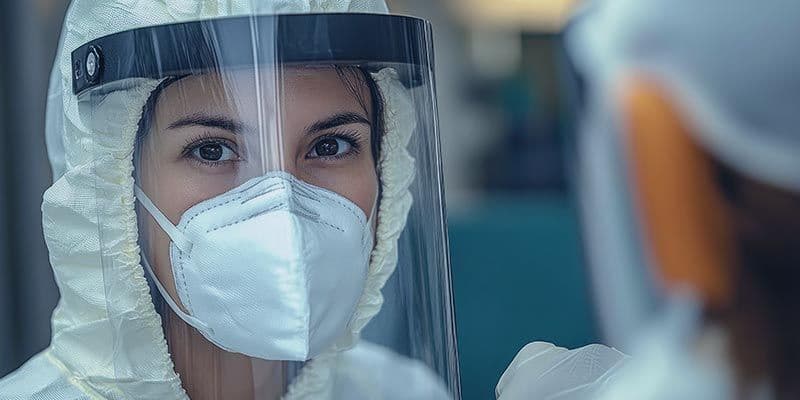Workers exposed to respirable crystalline silica should undergo regular spirometry testing as part of their medical surveillance program. Spirometry is a test that measures lung function. It does this by measuring how much air a person can breathe in and out, as well as how quickly they can do so.
OSHA requires employers to offer medical surveillance, including spirometry testing, to workers exposed to respirable crystalline silica above the action level of 25 micrograms per cubic meter of air (25 µg/m³) for 30 or more days per year. This program checks workers’ health regularly and quickly deals with any problems caused by exposure to silica.
Silica exposure in occupational settings is a significant health hazard that requires careful management. Regular spirometry testing is a crucial component of this protection, enabling early detection of lung damage and ensuring long-term health monitoring for exposed workers.
e3 Diagnostics offers year-round NIOSH approved spirometry courses, making it easy and affordable to keep your team compliant and skilled.







